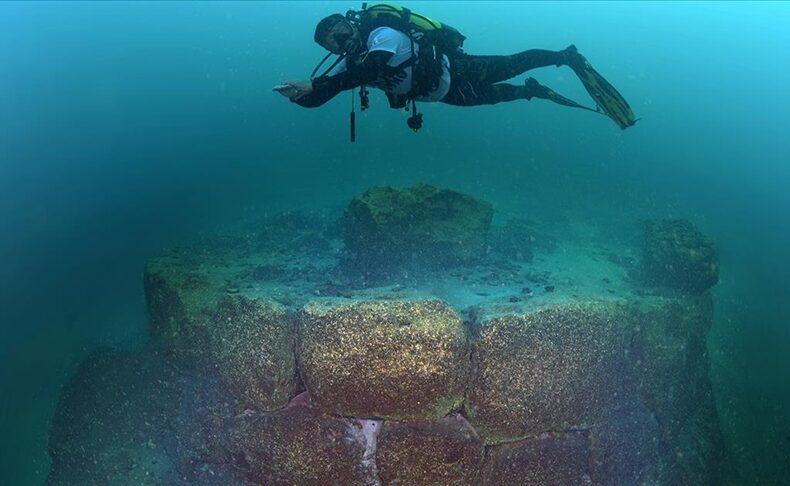
Mysterious Discovery in the Depths of Lake Van: Ancient Tower and Wall Remains Unearthed
Lake Van, Türkiye’s largest lake, continues to reveal its secrets. Led by Underwater Image Director Tahsin Ceylan, a team of divers discovered the remains of an ancient tower and wall at a depth of 15 meters off the coast of Akdamar Island. This discovery sheds light on the thousands of years of history of Lake
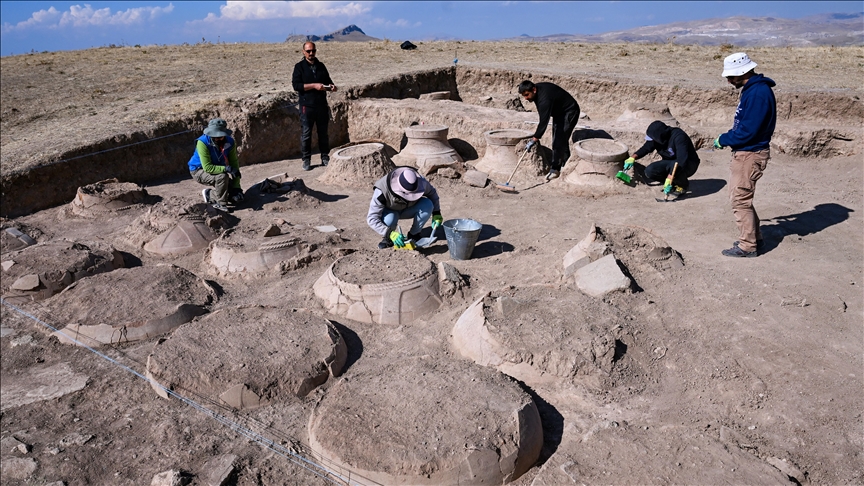
Dozens of cuneiform inscribed pithoi belonging to the Urartians were found at the foothills of Mount Erek
In the easternmost part of Türkiye, in the İpekyolu district of Van, archaeological excavations at the castle ruins on the foothills of Mount Erek have uncovered cuneiform inscribed pithoi used for storing oil, grain, and beverages during the Urartian period. The castle ruins, which are considered one of the important settlement sites of the Urartians
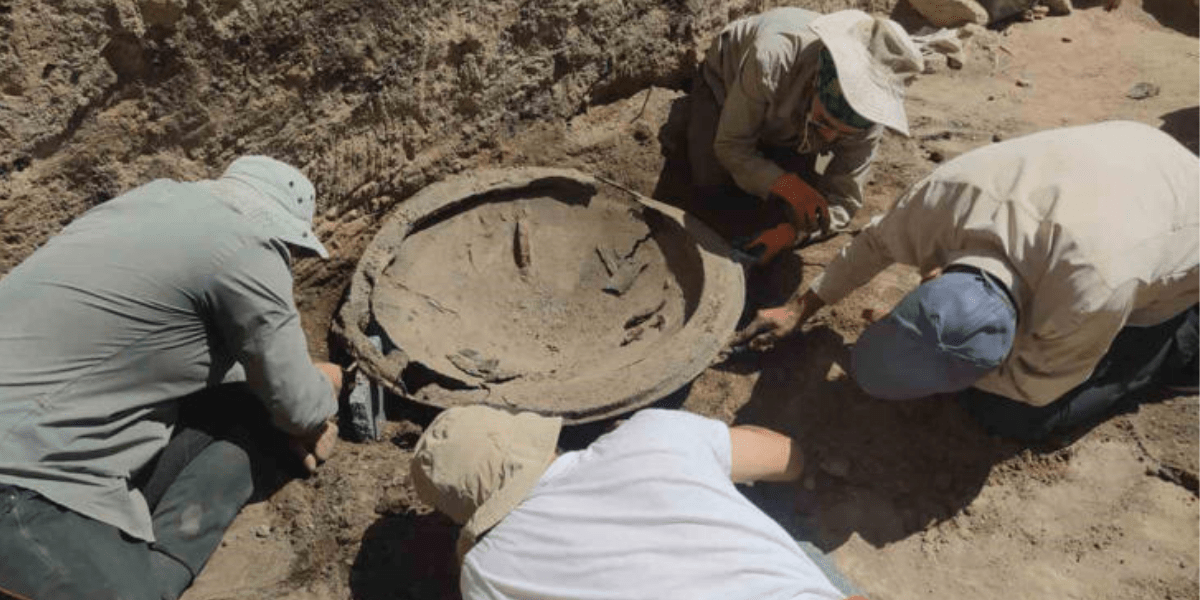
Three 2700-year-old bronze shields and a bronze helmet dedicated to the Urartian “god” Haldi found in Ayanis castle
Three bronze shields and a bronze helmet dedicated to the Urartian “god” Haldi were found in the fortress of Ayanis in the eastern Anatolian province of Van. The Urartian civilization was established in the region that today borders Türkiye, Iran and Armenia, especially in Eastern Anatolia, from the 9th century BC. This state, whose capital
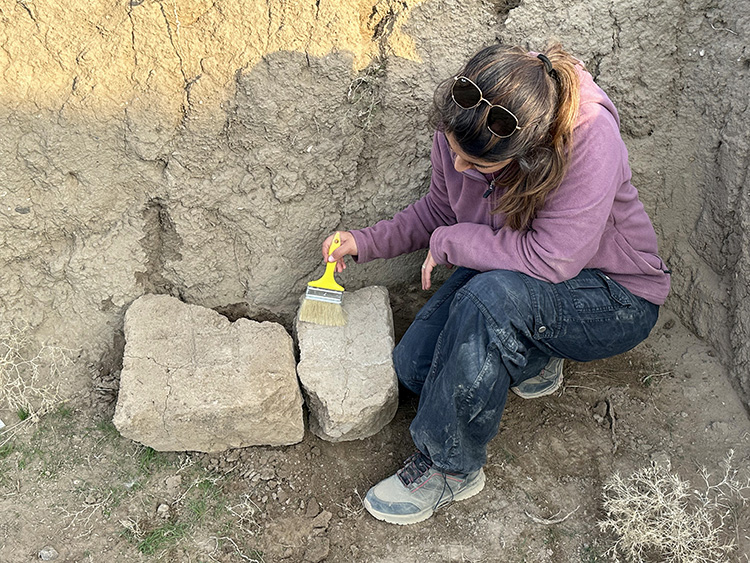
During the excavations at Zernaki Hill, mud brick fragments containing the map of the ancient city were found
In the gridded layout remnants of an ancient city covering approximately 270 hectares in Erciş district of Van, mudbrick pieces were discovered with sketches depicting the city’s layout. The excavations at Zernaki Hill are being conducted under the leadership of Van Museum Directorate, supervised by Professor Dr. Rafet Çavuşoğlu, the Dean of the Faculty of
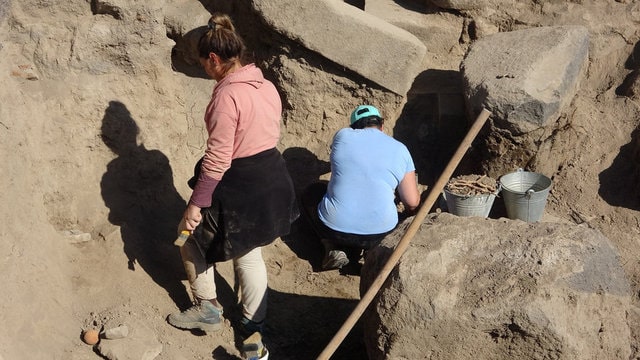
A 2800-year-old Urartian temple and two cuneiform inscriptions were found in Van
In the ongoing rescue excavations at Körzüt Castle located in the Muradiye district of Van, a 2800-year-old Urartian temple was discovered. Along with the temple, two inscriptions with cuneiform writing were also found. The rescue excavations at Körzüt Castle are continuing under the scientific supervision of Associate Professor Dr. Sabahattin Erdoğan from the Department of
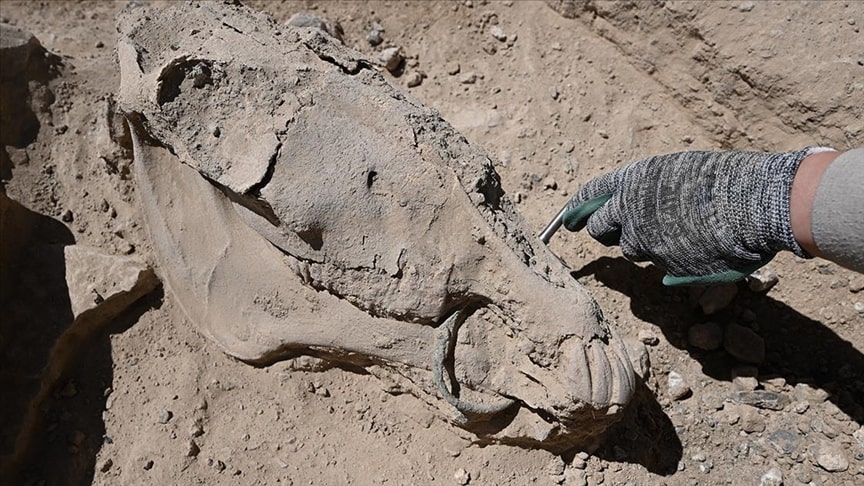
Archaeologists have discovered a horse skeleton with a bronze curb bit in its jaw at the Çavuştepe excavations
A horse skeleton with a bronze curb bit (a metal piece inserted into its mouth to guide the mount) was found in the Çavuştepe castle belonging to the Urartians who ruled in the Eastern Anatolia Region. Çavuştepe Castle was constructed by Urartian King Sarduri II. in 750 BC. The ongoing excavations at Çavuştepe Castle and
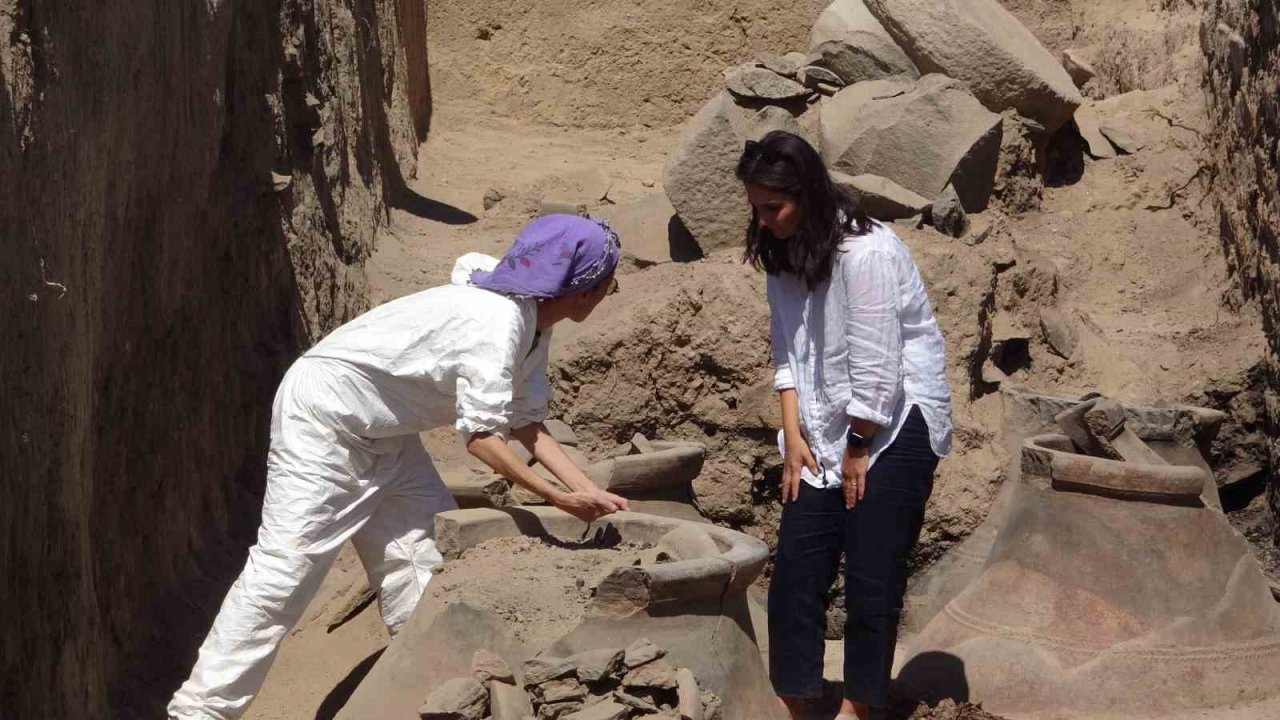
2,700-year-old pithoi belonging to the Urartians were found in Garibin Tepe, which was unearthed as a result of illegal excavations
Archaeologists unearthed well-preserved 2,700-year-old pithoi in an area known as ‘Garibin Tepe,’ which was discovered during illegal excavations in the central Tuşba district of Van in eastern Turkey. Garibin Tepe is located 3 kilometers away from Ayanis Castle, one of the most magnificent structures of the Urartian civilization. The Ministry of Culture and Tourism initiated
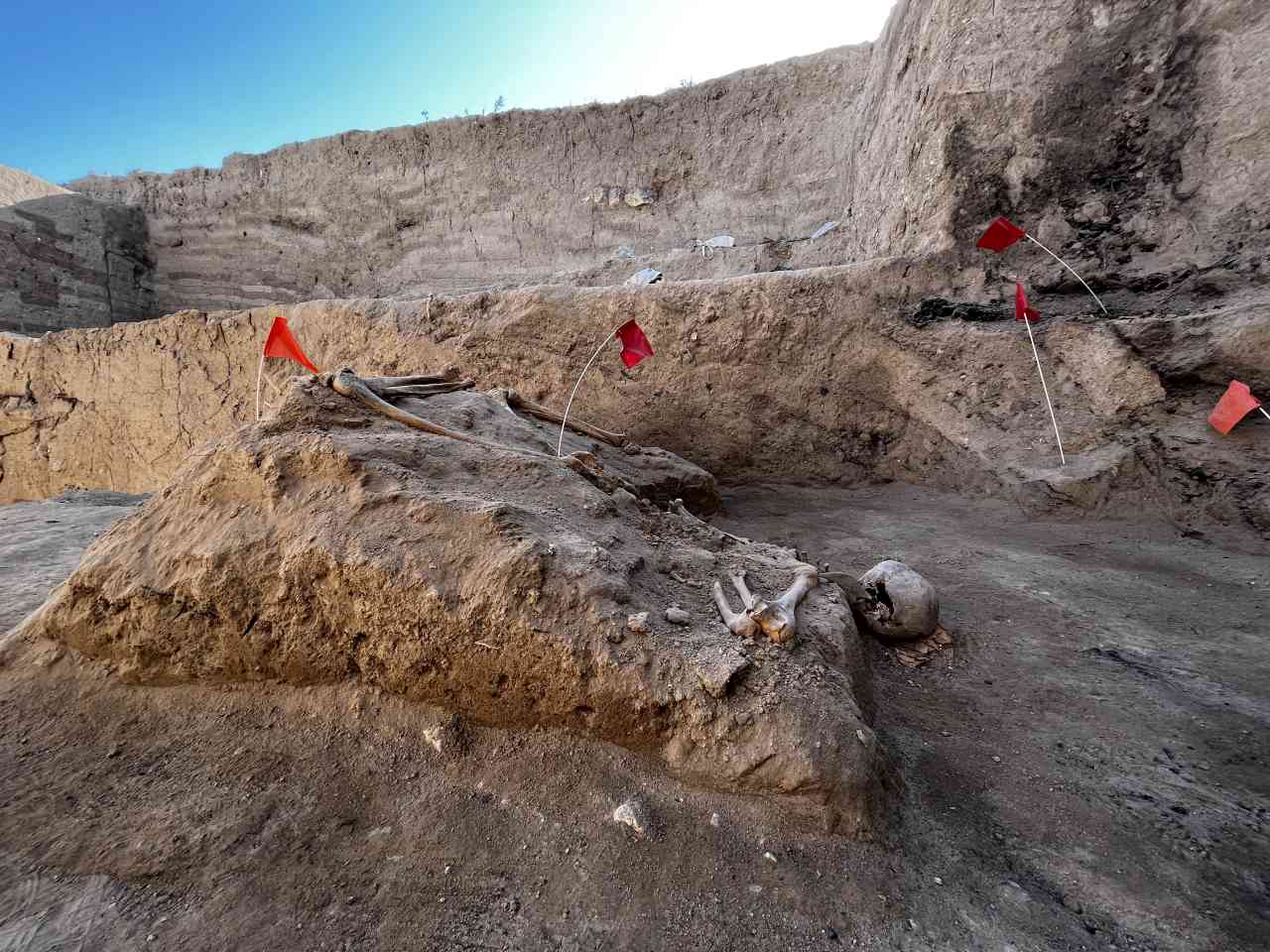
A skeleton of an Urartian man with partially preserved brain tissue was found in Ayanis Castle
During the excavations of the Urartian period Ayanis Castle located on the shores of Lake Van in the Eastern Anatolia region of Turkey, a skeleton belonging to a Urartian man was found, with partially preserved brain tissue. In this year’s phase of the ongoing excavation efforts that have been carried out for 36 years at
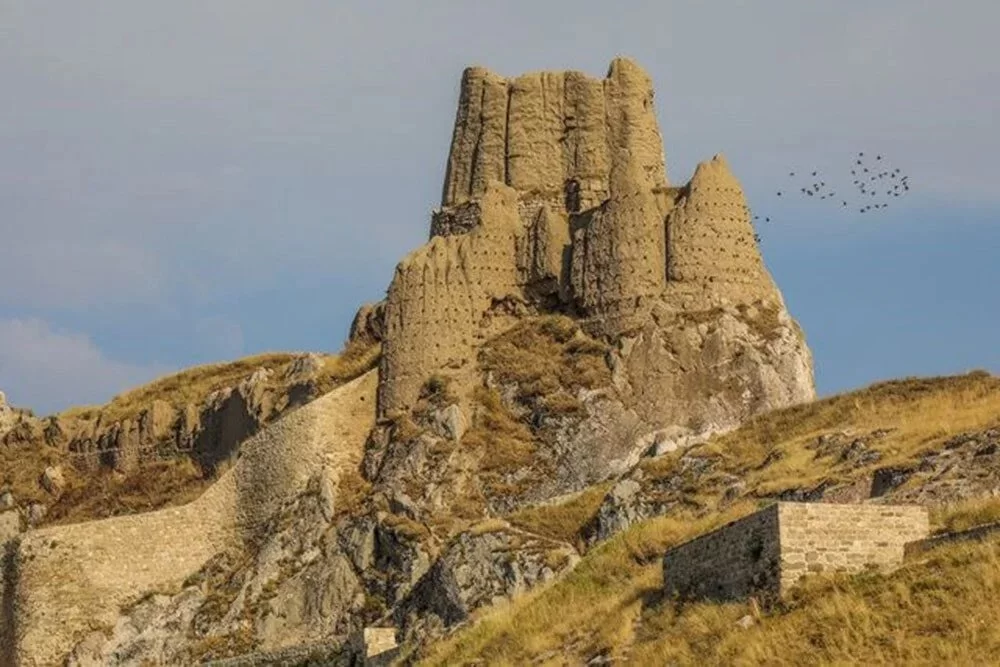
Urartian King Argishti’s bronze shield revealed the name of an unknown country
Urartian King Argishti’s bronze shield revealed the name of an unknown country. The bronze shield, which was purchased by the Rezan Has Museum, is believed to have been found within the boundaries of Ağrı-Patnos and Muş regions. The bronze shield is 40 cm wide. Apart from the inscription, the surface of the shield contains dotted
